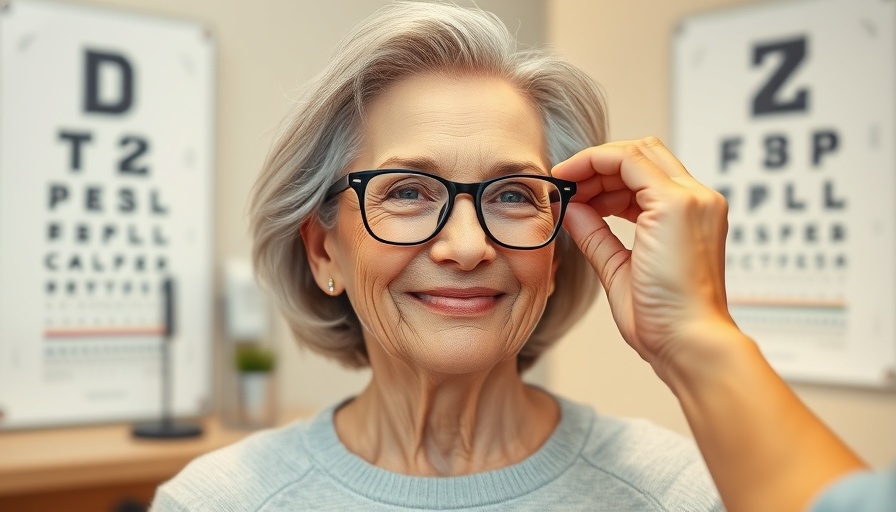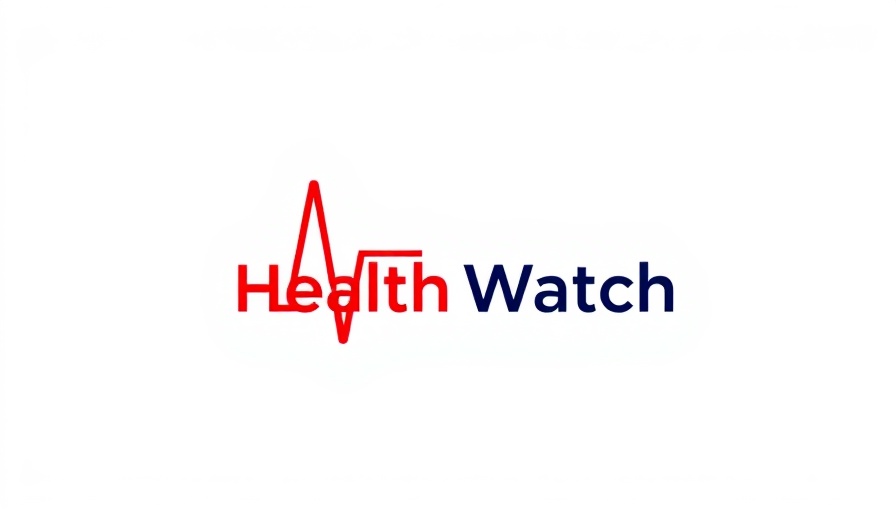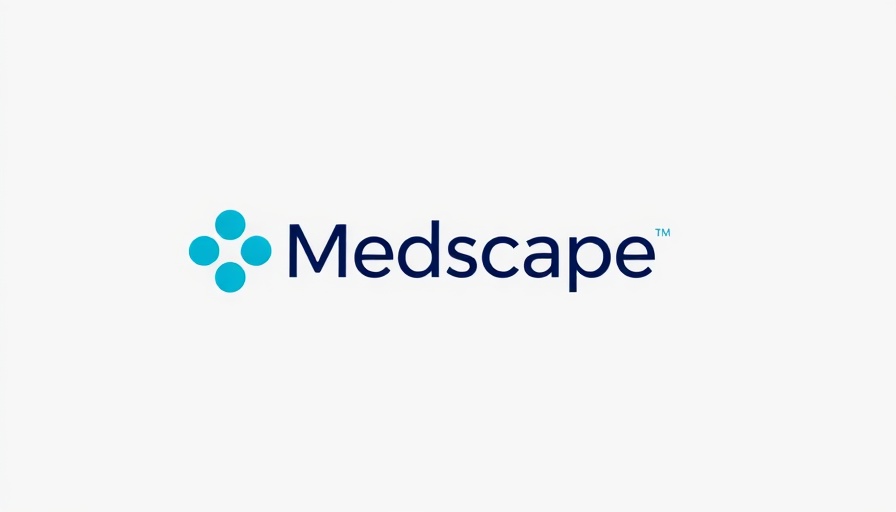
April As Women’s Eye Health and Safety Month: A Closer Look
This April, Prevent Blindness has dedicated the month to spotlighting Women’s Eye Health and Safety, offering a host of free educational resources. As research shows, women are disproportionately affected by eye diseases, making awareness and education vital. The initiative encourages both the public and healthcare providers to understand the unique eye care needs of women.
Understanding the Gender Gap in Eye Health
Women face different challenges regarding eye diseases compared to men. According to a report by the American Academy of Ophthalmology, conditions like age-related macular degeneration, glaucoma, and cataracts are significantly more prevalent among women. This is attributed partly to women generally living longer than men, increasing their risk for age-related eye conditions.
The Impact of Social and Economic Factors
One of the stark realities highlighted during Women’s Eye Health and Safety Month is how social and economic factors can significantly impact women's access to eye care. In many developing countries, cultural norms and economic barriers inhibit women from receiving timely and appropriate medical care. This acknowledgement underscores the breadth of issues that need addressing to ensure equitable health care access.
Women's Unique Eye Care Needs
The series and podcasts featured by Prevent Blindness emphasize that women’s eye care goes beyond just regular check-ups. Hormonal changes during pregnancy and menopause can affect vision, requiring specialized knowledge from eye care professionals. Dr. Maria Sampalis notes, “It is crucial for eye care professionals to recognize these unique needs,” stressing the importance of tailored care.
Highlighting Prevention and Awareness
Regular eye examinations are the cornerstone of maintaining eye health, especially for women at higher risk for certain eye conditions. Prevent Blindness’s resources—spanning educational videos, fact sheets, and social media content—aim to encourage women to prioritize their vision health. Awareness is key in reducing the likelihood of severe eye health issues.
Community Engagement: How Society Can Help
Community engagement plays an essential role in the success of initiatives like Women’s Eye Health and Safety Month. Encouraging discussions around women’s health issues can pave the way for changes in perception and policy. By fostering a supportive environment, society can collectively advocate for improvements in women’s health services—including eye care.
In Conclusion: Take Charge of Your Eye Health
The observance of Women’s Eye Health and Safety Month serves as a vital reminder for women everywhere: prioritize your eyes. Consider scheduling regular eye examinations, and do not hesitate to consult professionals regarding any vision changes. Let us harness this opportunity to bring awareness and create pathways toward healthier futures for women’s eye health.
 Add Row
Add Row  Add
Add 




Write A Comment